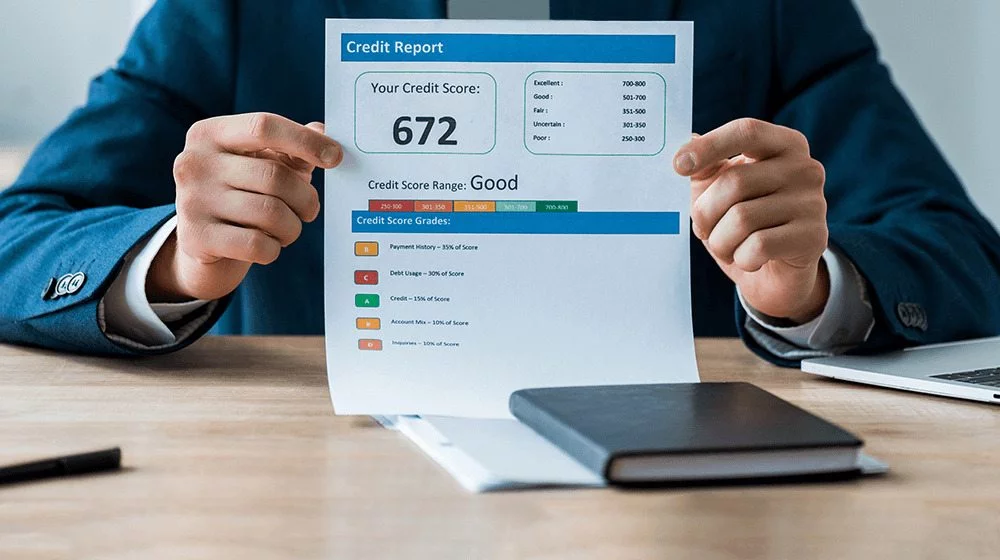How scoring helps banks reduce credit risk
Credit scoring is an assessment system financial institutions use to analyse customers’ creditworthiness. Banks carry out this procedure before applying for a mortgage, loan or insurance. Specialists assess the borrower according to economic, financial and other parameters.
The scoring is based on different mathematical models. The most common are FICO and VantageScore. In addition, there are types of assessments which can determine a client’s creditworthiness level and the likelihood that they are a fraud.
A scoring analysis takes into account the following parameters:
– credit history;
– customer data after identification and verification;
– social media information;
– browser history data and data from mobile devices;
– payment system data.
If a person is already a financial institution client, the system analyses precisely how they have used banking products.

Modern technology for implementing a scoring
The development of the fintech sector has contributed to improvements in customer assessment approaches. Machine learning and artificial intelligence solutions have become the most popular. Deloitte’s research showed that 70% of all financial industry representatives use ML technology. Machine learning solutions can identify the likelihood of fraudulent schemes, help predict the distribution of cash flows and make changes to credit scoring. In addition, the fintech sector uses ML to mitigate risk and adjust business process algorithms.
In addition, financial institutions use the following for their work:
1. Neural networks. Help identify factors that can affect credit history and increase the risk of non-payment.
2. Blockchain. Allows to analyse client’s financial transactions, track transactions and their impact on credit scoring.
3. Big Data. Collects massive amounts of data to estimate how quickly a customer can repay a loan.
4. Data Analytics processes the data collected by Big Data to create a portrait of the customer and predict their loan behaviour.
In addition, system automation approaches are actively used to avoid forecasting errors and improve the accuracy of risk identification.
What is alternative credit scoring?
Most banks use traditional tools to get information about a customer, such as credit history. Alternative scoring technology assesses creditworthiness based on a person’s digital footprint. This approach is highly effective for customers who have not previously used banking products. These consumers are just starting to build their credit history, and it is difficult to predict their behaviour yet. The optimal solution would be alternative scoring, which allows you to create a portrait of the customer based on their online activity. In this case, the algorithms consider how people pay their utilities, what assets they own, and whether they pay their rent regularly. By analysing such data, the bank can decide whether to grant credit to the client, and the person will begin to build a credit history.




